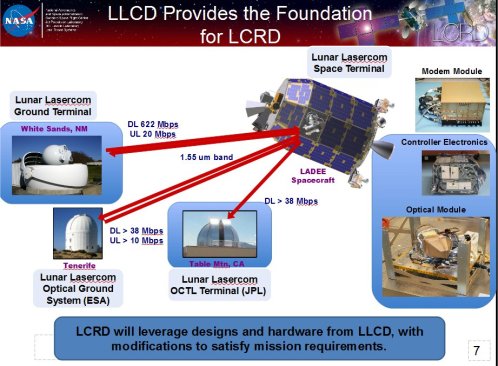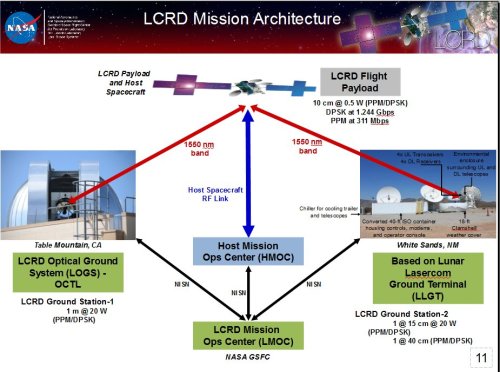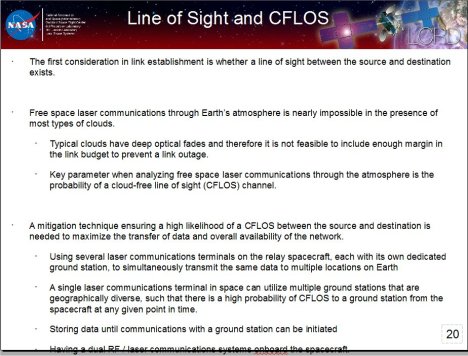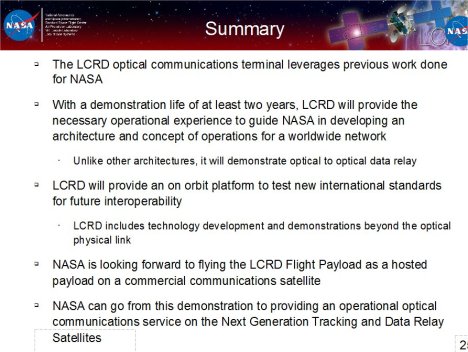The Ares Institute recently completed a very successful Kickstarter campaign in support of their LunarSail project. Here is a description of the project, its status and what they hope to accomplish with it.
Innovative solar sail spacecraft will demonstrate new technologies for
low-cost exploration beyond Earth orbit while allowing students and
the public to explore the Moon’s environment

(TITUSVILLE, FL) – The Aerospace Research & Engineering Systems Institute, Inc. (Ares Institute), a non-profit organization on Florida’s famed Space Coast, is excited to announce the successful completion of the first phase of crowdfunding and conceptual development of a unique spacecraft to explore the Moon with the public and classrooms across the country.
Based in Titusville, FL, Ares Institute is a 501 (c)(3) tax-exempt non-profit organization dedicated to promoting space exploration and STEM education through hands-on educational projects and public outreach. Ares Institute created the LunarSail project to involve students and the public in the excitement of space exploration and promote STEM education by collaborating to design and build a small spacecraft and place it in orbit around the Moon.
“We wanted to create something that would bring the excitement of space exploration to the public and advocate the importance of STEM education for our country’s young students,” says Matthew Travis, Executive Director of Ares Institute, Inc. “At Ares Institute, we believed the most effective way to do this would with a real world project that engages students and permits them to contribute in a meaningful way to its success. Since promoting the benefits of space exploration to the public at large is part of our core mission, we are managing LunarSail as an open-source program and inviting the public to participate in the design process and mission-related activities after launch. To further promote public involvement, a substantial portion of our finances are being raised via crowdfunding which allows anyone to donate directly to the spacecraft’s construction and operation.”
During the first round of fundraising, Ares Institute raised almost 50% more than its original goal from public contributions via the crowdfunding website Kickstarter. As is standard practice with crowdfunding initiatives, donors receive various rewards in return for their monetary contributions and support of the project. These range from having their names and messages placed on the spacecraft and website to reserved, dedicated time on the spacecraft to conduct their own observations.
With capital in hand, work has begun in earnest to purchase spacecraft systems, computer hardware and software and outfitting laboratory working space.
LunarSail is an advanced technology development project to demonstrate the ability of a spacecraft under solar sail propulsion to navigate itself into a lunar trajectory and then into Lunar orbit. It’s design is based on the CubeSat standard. CubeSats are small, completely self-contained spacecraft assembled from individual units 10 centimeters on a side. Because of their small size and relatively low cost, CubeSats have become one of the preferred satellite platforms for universities, private companies and even NASA for conducting focused scientific and engineering studies in space.
The purpose of the LunarSail project is to promote education in the science and math disciplines by enabling high-school and university students to participate in an exciting mission to explore the environment around the Moon. Ares Institute is currently seeking to partner with schools around the country to bring mission-related science activities to thousands of students, particularly those in minority and at-risk communities. During the mission, students and teachers will be able to take advantage of related educational projects in the classroom which will include using the spacecraft to permit students to conduct experiments and observations, educational apps and games for mobile devices and real-time web-based activities.
Along with its educational purpose, LunarSail has significant engineering objectives, the foremost being to serve as a testbed for CubeSat operations beyond low Earth orbit in applications requiring lunar or interplanetary trajectories. The unique mission will demonstrate practical application of solar sail technology for propulsion, trajectory/attitude control and rendezvous with another body in space. Science instruments on board the spacecraft will study the environment of the Earth-Moon system and conduct science observations and take photos and video that will be broadcast back to Earth for anyone to receive and use.
In keeping with the goal of encouraging involvement from the public, LunarSail is a grassroots project involving people within and outside of Ares Institute. While remaining open to government-provided funding and assistance in finding a suitable launch opportunity, a substantial amount of its budget is being fulfilled via crowdfunding and private donations. Through crowdfunding and crowdsourcing, ordinary individuals are able to donate money, labor, programming and ideas -becoming co-owners of the mission and stakeholders in its success.
Social media outreach is key to a project such as LunarSail and it will be integrated into every phase of the mission. In space, social media will be utilized along with radio, cameras and telemetry as one of the primary means of communicating information to the public.
To stimulate interest in LunarSail, the public is being invited to submit messages, artwork, music and short video clips that will be stored on the spacecraft. After it enters lunar orbit, LunarSail will transmit the messages, graphics and video that have been stored on it back to Earth, for anyone and everyone to see and hear as long as they can pick up the signal from the spacecraft. Additionally, the items will be transmitted via social networks and displayed on the LunarSail website with attribution and captioning.
For imagery and crowdfunding details visit the project’s page onKickstarter
http://www.kickstarter.com/projects/aresinstituteinc/lunarsail-the-worlds-first-crowdsourced-solar-sail
Information and Fact Sheets about LunarSail may be found on the project website http://www.lunarsail.com
For more information about Ares Institute, Inc. and its programs visit http://www.aresinstitute.org







